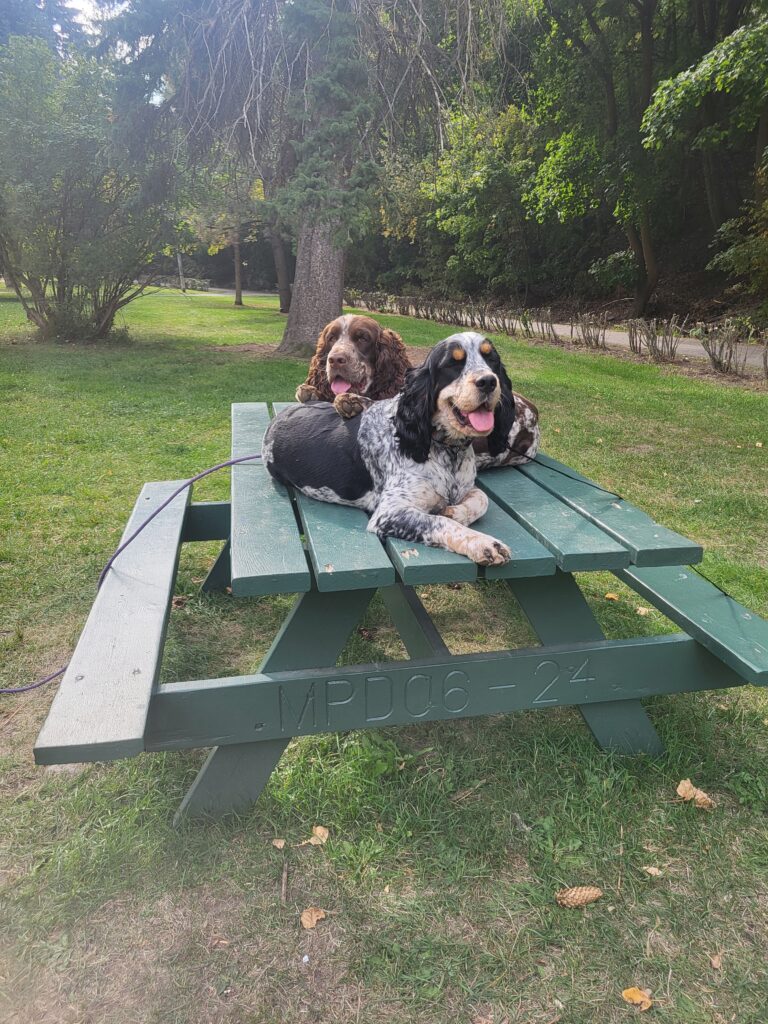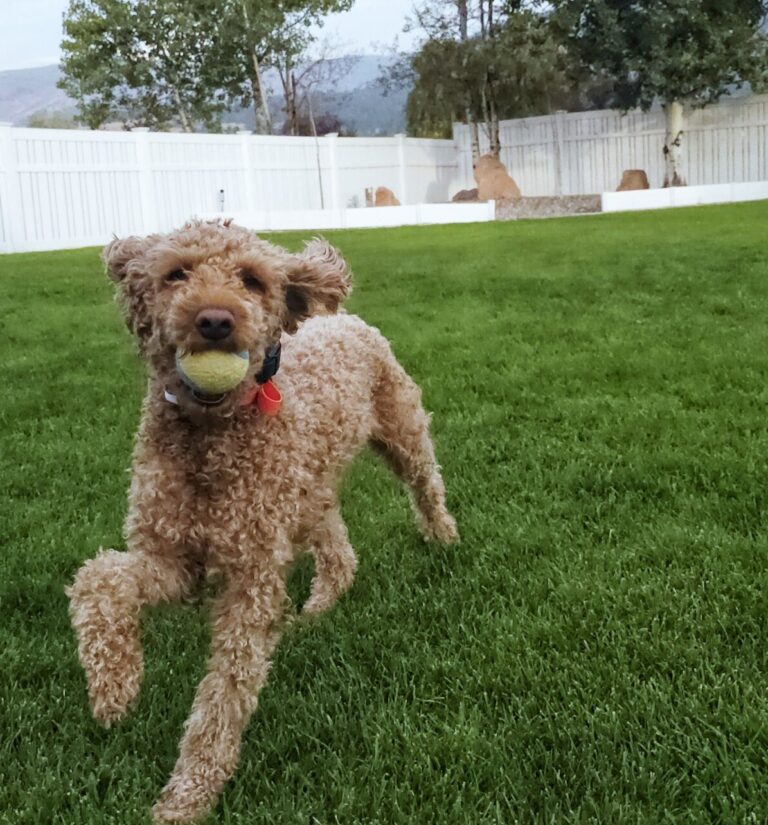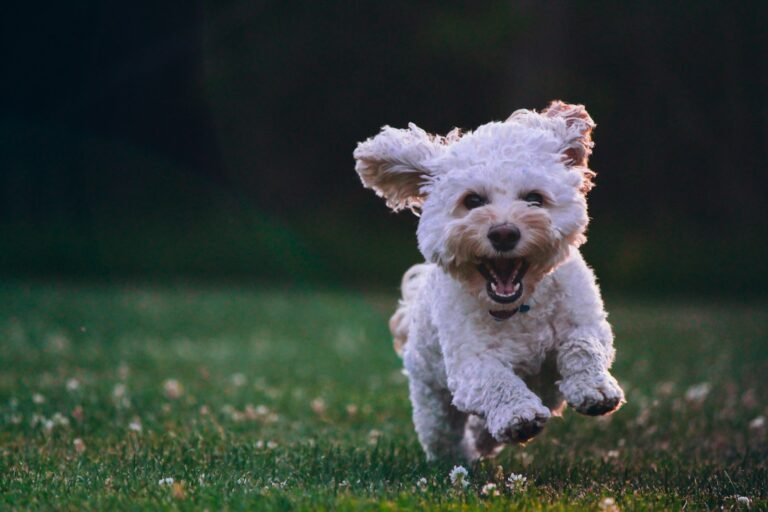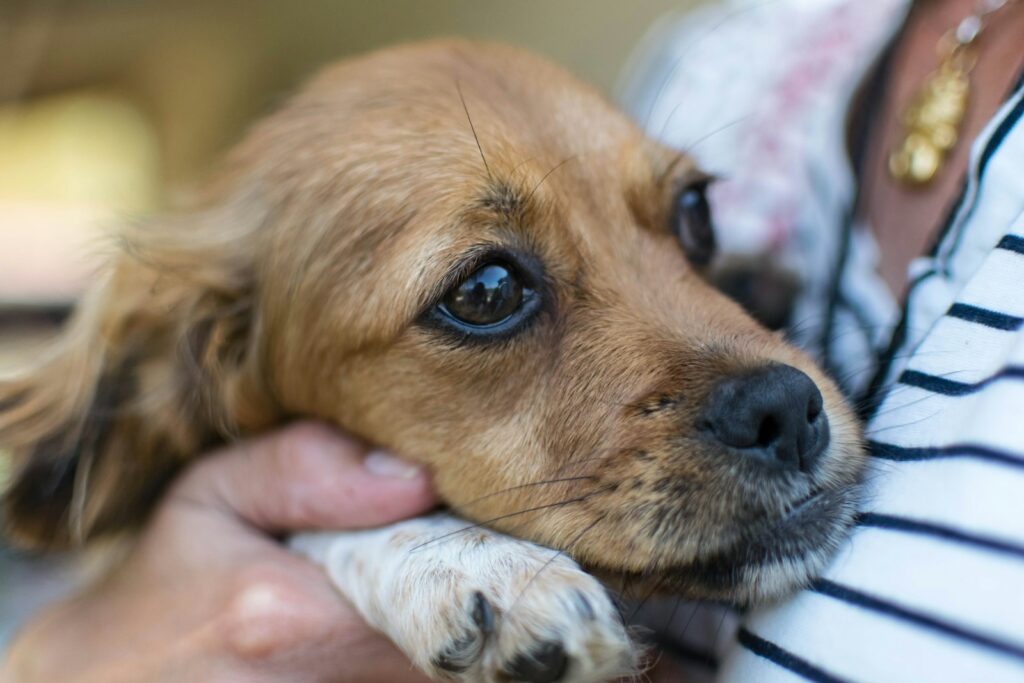
Fear-based behaviors are common in dogs, but they can lead to stress, reactivity, and even aggression if left unaddressed. Whether your dog is
afraid of loud noises, new people, or unfamiliar environments, understanding their fear is the first step toward helping them feel safe and confident.
At
Off Leash K9 Training Missoula, we specialize in
fearful dog training and helping anxious pups overcome their struggles. In this guide, we’ll cover
how to recognize fear in dogs, common fear triggers, and training techniques to build their confidence.
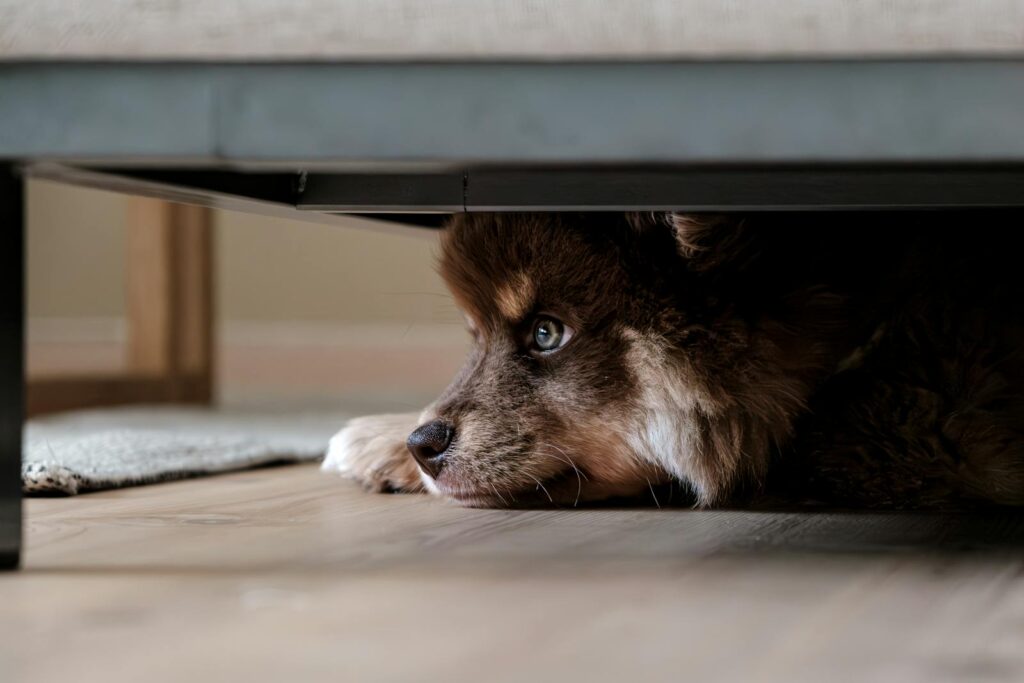
Signs Your Dog’s Behavior Is Rooted in Fear
Dogs express fear in different ways, but some of the most common
fear-based behaviors include:
✔
Trembling or cowering – A fearful dog may shrink away, tuck their tail, or try to make themselves smaller.
✔
Avoidance behaviors – Your dog may
hide, turn away, or refuse to move in scary situations.
✔
Excessive panting or drooling – Even when it’s not hot, stress and fear can cause increased panting and drooling.
✔
Lunging or barking – Some dogs react aggressively when scared, trying to create distance from what frightens them.
✔
Freezing in place – A fearful dog may suddenly stop moving and refuse to budge.
✔
Pacing or restlessness – If your dog can’t settle, they may be feeling anxious or uneasy.
Recognizing these signs early can
prevent fear from escalating into long-term behavior issues.
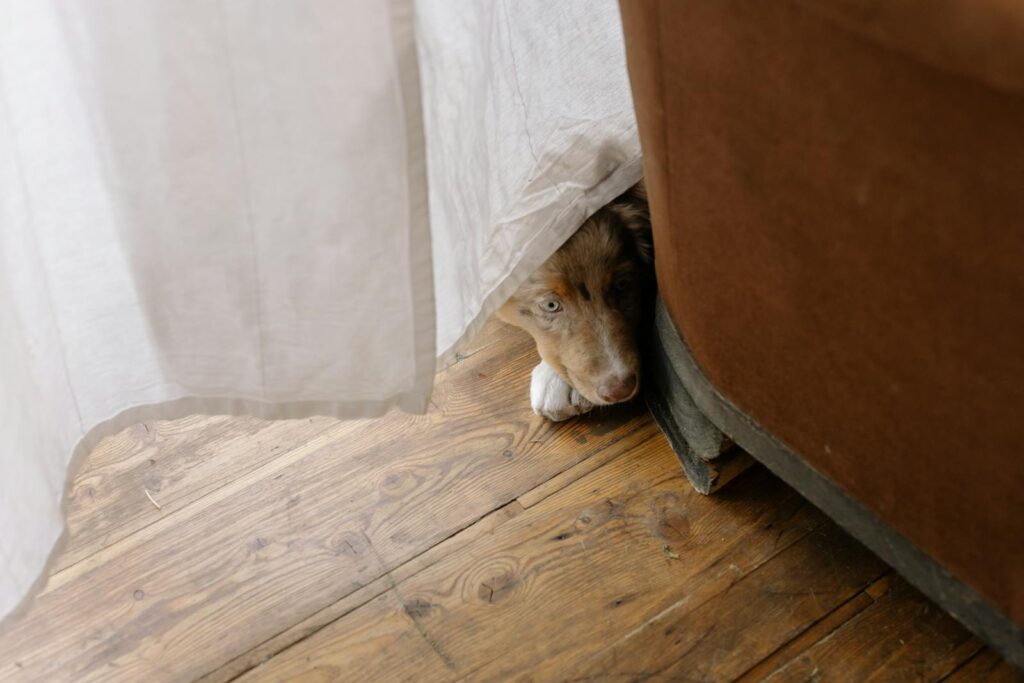
Common Fear Triggers and How to Desensitize Them
Fear can stem from
past trauma, lack of socialization, or bad experiences. Some common fear triggers include:
- Loud Noises (thunder, fireworks, vacuum cleaners)
- Strangers or Unfamiliar People
- New Environments (vet visits, car rides, public places)
- Other Dogs or Animals
- Specific Objects (hats, bicycles, strollers)
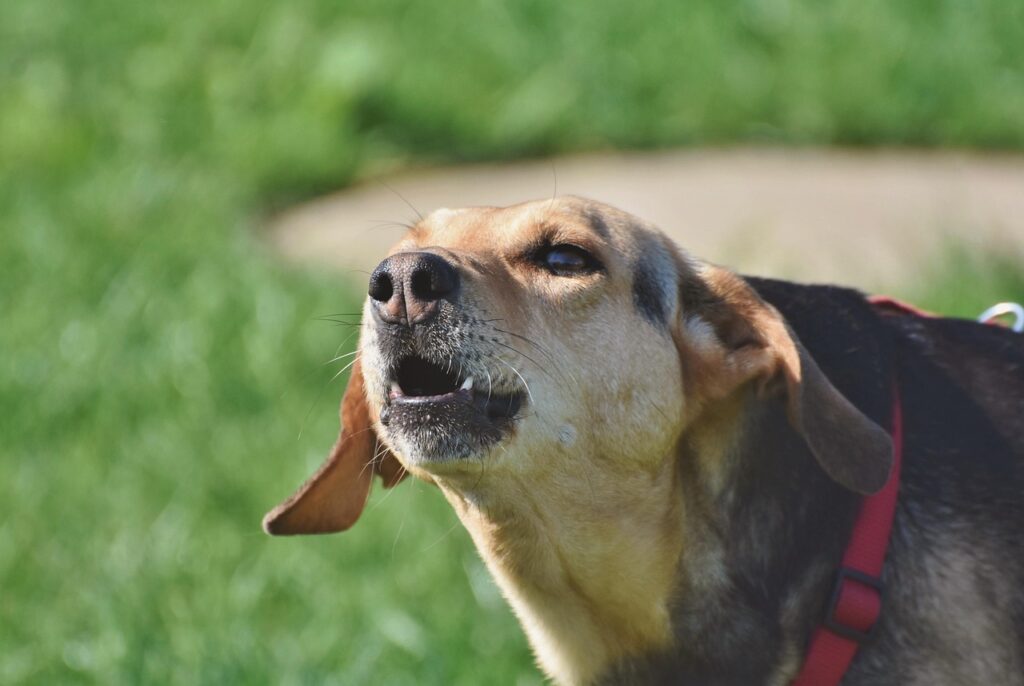
How to Help Your Dog Overcome Their Fears
The best way to address fear-based behavior is through
desensitization and counterconditioning. Here’s how:
- Expose Your Dog Gradually – Start by introducing the fear trigger at a distance or low intensity.
- Pair it with Positive Reinforcement – Use treats, praise, or toys to create a positive association with the trigger.
- Stay Calm and Patient – Never force your dog into a fearful situation. Let them move at their own pace.
- Increase Exposure Over Time – As your dog becomes more comfortable, slowly increase their exposure to the fear trigger.
- Practice in Different Environments – Help your dog generalize their training by working in various locations and scenarios.
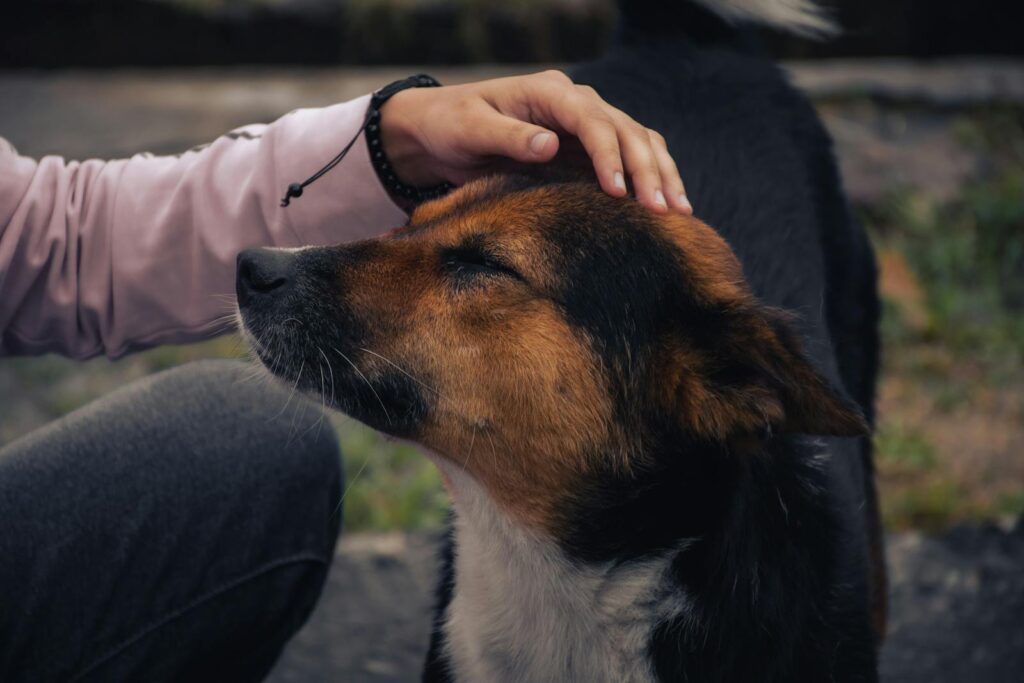
Gentle Training Techniques to Build Confidence
Training a fearful dog requires
patience and a gentle approach. Here are some
positive training techniques that can help:
✅
Encourage Calm Behavior – Reward your dog
when they remain calm in situations that usually trigger fear.
✅
Use Confidence-Boosting Exercises – Training games, nose work, and agility activities can
build your dog’s confidence.
✅
Stick to a Routine – Predictability helps fearful dogs feel
safe and secure.
✅
Avoid Punishment – Never scold or correct a fearful reaction. This can
increase anxiety and worsen fear-based behaviors.
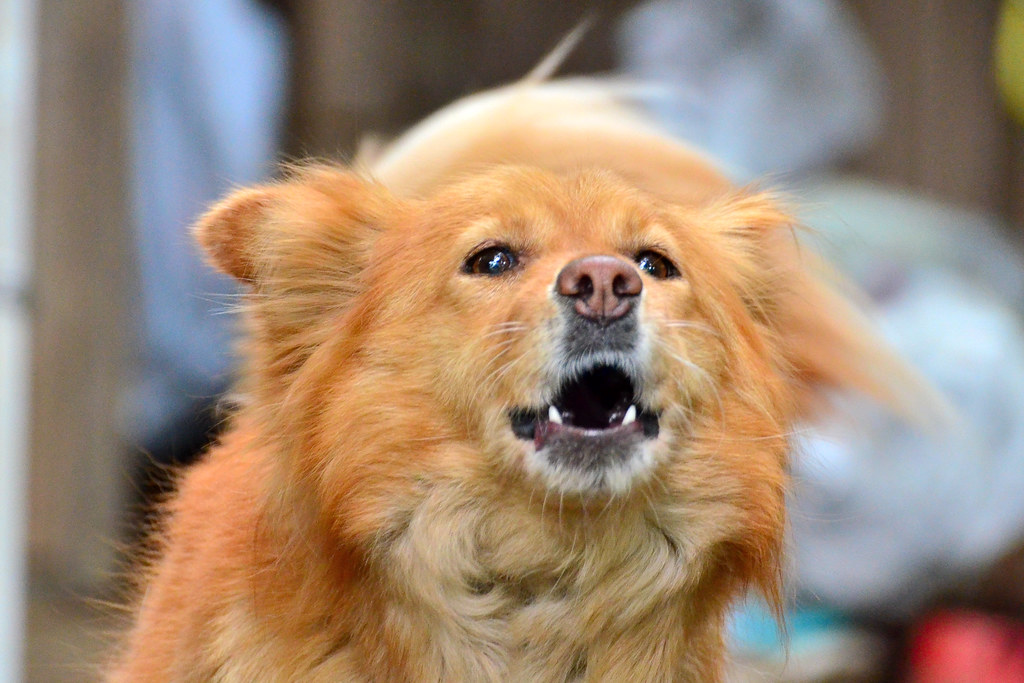
When Professional Training Is Necessary
Some dogs have
deep-seated fears that require
expert guidance. If your dog’s fear is severe—leading to
aggression, extreme anxiety, or refusal to engage with the world—a professional trainer can create a
custom training plan to help.
At
Off Leash K9 Training Missoula, we specialize in
helping fearful and anxious dogs gain confidence. Our
one-on-one training programs provide structured guidance to help dogs feel safe and secure in any environment.
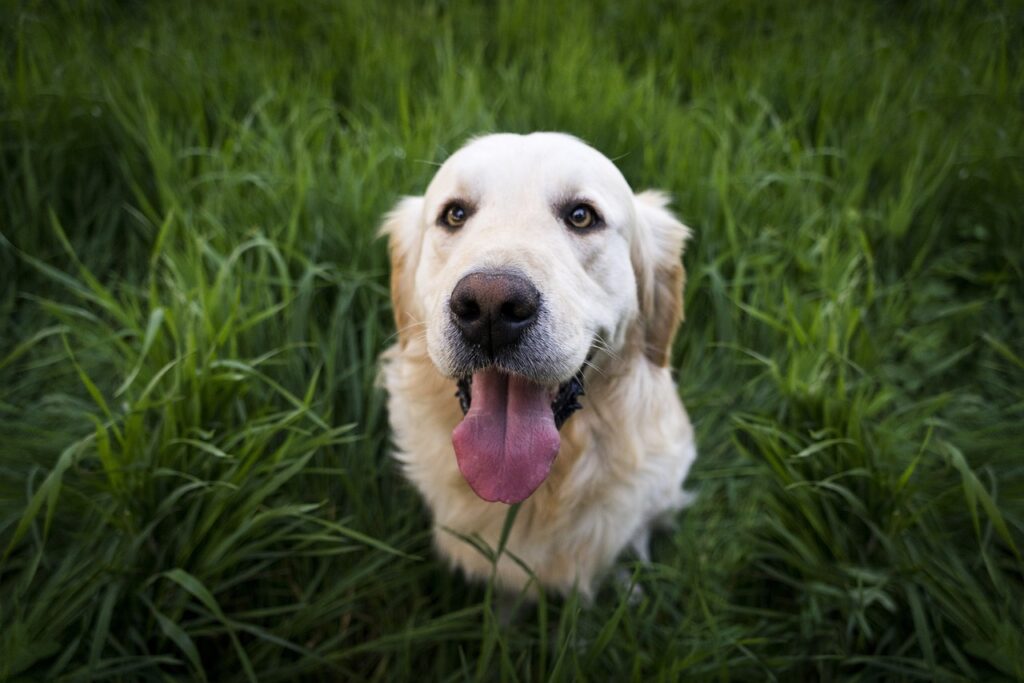
Let’s Help Your Dog Gain Confidence—Contact Us for a FREE Consultation!
If your dog struggles with
fear or anxiety, we’re here to help! With the right training and patience, your dog can learn to
face their fears with confidence!
📞
Call (406) 946-3037 or
fill out our contact form for a
FREE consultation today.
 Fear-based behaviors are common in dogs, but they can lead to stress, reactivity, and even aggression if left unaddressed. Whether your dog is afraid of loud noises, new people, or unfamiliar environments, understanding their fear is the first step toward helping them feel safe and confident.
At Off Leash K9 Training Missoula, we specialize in fearful dog training and helping anxious pups overcome their struggles. In this guide, we’ll cover how to recognize fear in dogs, common fear triggers, and training techniques to build their confidence.
Fear-based behaviors are common in dogs, but they can lead to stress, reactivity, and even aggression if left unaddressed. Whether your dog is afraid of loud noises, new people, or unfamiliar environments, understanding their fear is the first step toward helping them feel safe and confident.
At Off Leash K9 Training Missoula, we specialize in fearful dog training and helping anxious pups overcome their struggles. In this guide, we’ll cover how to recognize fear in dogs, common fear triggers, and training techniques to build their confidence.







